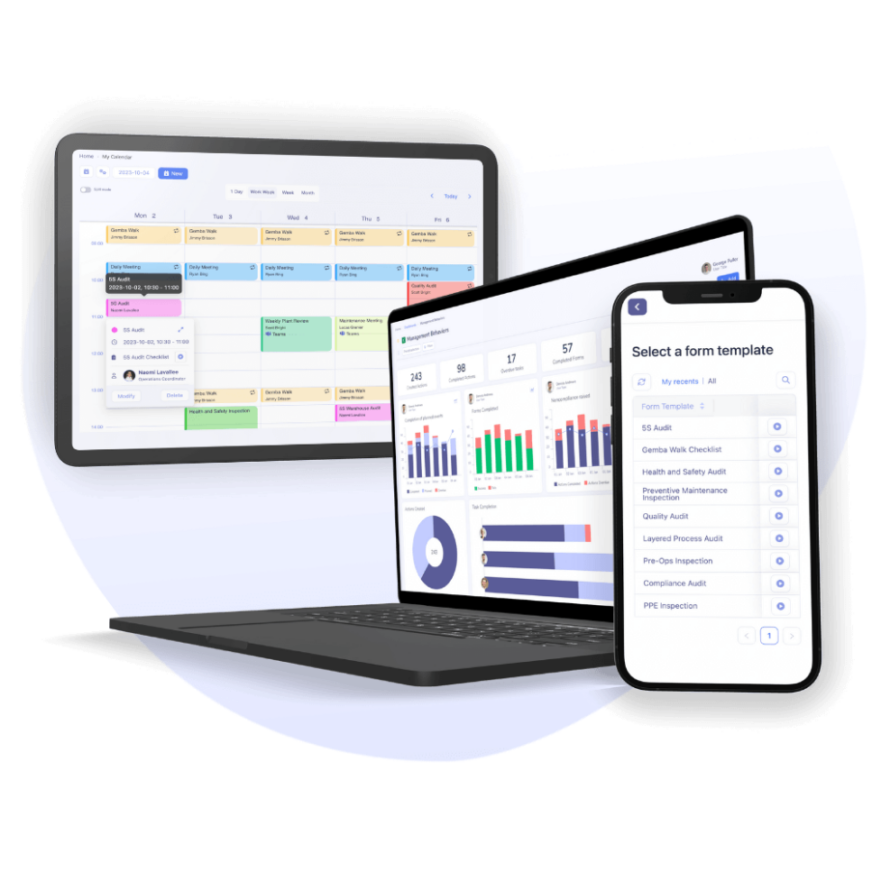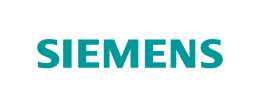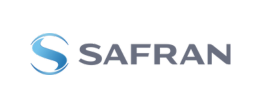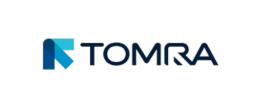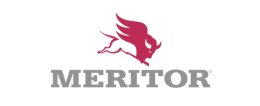What is a Daily Management System?
A Daily Management System (DMS) is a complete system that structures daily operational controls as well as continuous improvement to reach operational excellence. All levels of management know the performance of their processes, identify discrepancies from the objectives, follow key indicators and take corrective action quickly.
DMS’ role
- Align objectives with operational execution
- Establish and manage standards
- Identify problems and nonconformity against the standard
- Resolve issues quickly through effective collaboration
- Improve processes and management practices
- Follow the performance of processes with key indicators monitoring
- Increase ownership and accountability at every level of management
What to look for in an efficient Daily Management System (DMS)?
Knowledge Management
The first essential component is the establishment of standards and pertinent knowledge compilations within the organization. Setting the standards of documentation provides better compliance with the processes by making them accessible and consulted.
A rigorous compilation of knowledge is essential to identify any deviations from the standards. If so, the accessibility to the processes will allow the workforce to act effectively following the models.
Here are some examples of vital knowledge to digitize:
- operational procedures,
- training procedures,
- employees onboarding,
- troubleshooting,
- work instructions,
- setups (SMED),
- best practices.
Operational Control
Rigorous operational controls are the foundation of a Daily Management System and consist of validating the standards and ensuring process compliance. It provides proactive identification of problems as well as discordances from the set standard.
To do so, the manufacturing industry frequently uses audits and Gemba Walks as validating practices. There are many types of audits: 5S, Health & Safety inspection, personal protective equipment, preventive maintenance, ISO, set up procedure, quality, raw material, etc.
As regards Gemba Walks, they are conducted regularly to identify issues and improvement opportunities. The advantage of Gemba Walks as an operational control practice is to adopt a proactive problem-solving approach.
Problem-Solving Ecosystem
Collaboration Structure
The Daily Management System structures collaboration to take quick corrective action on the issues raised and avoids further repercussions. Managers, team leaders, and support groups collaborate to keep production running.
Problems are solved efficiently by combining a series of meetings (production, quality insurance, improvement, kickoff, planning, 1+1, etc.) with tasks attribution and follow-ups. These meetings are focused on issues and information transfer among management levels. Rigorous task management favours accountability and ownership.
Continuous Improvement Process
Recurring discordances and issues that arise are potential improvements. In order to eliminate these problems, it is essential to implement an improvement process.
Improvement should follow the organization’s strategic objectives.
Regarding improvement opportunities, they require identification, prioritization, and the creation of an action plan. Tools built for continuous improvement management facilitate the implementation of improvement projects.
Performance Monitoring
DMS increases visibility of the performance process. The team leaders follow key indicators and gain real-time insight on management behaviour, issues, and how they are managed. Key performance follow-up indicators will allow to improve the process in order to achieve strategic objectives. Process improvement is data-driven.
The goal is to coach team leaders and improve the management system by monitoring the process compliance rigorously.
Prerequisites for an Effective DMS
Strategic Alignment
Strategic alignment drives the management system. All processes should be aligned with the organization’s objectives. These objectives frame operational control, problem-solving, and continuous improvement.
Leading with strategic alignment enables the prioritization of corrective actions and improvement projects as well as monitoring indicators following the objectives.
Once implemented, DMS facilitates management by aligning objectives and strong execution.
Role and Responsibilities Establishment
A clear definition of roles and responsibilities is required to assign responsibility and corrective action tasks to the right manager. It also organizes problem hand-offs from one management level or team to another.
DMS allows ownership and accountability at all levels of management, but roles and responsibilities have to be clearly defined.
Consolidation of Management Practices
Management practices, such as standardization, operational control, validation, collaboration, and improvement, will gain efficacy by being consolidated. An all-in-one connected tool ensures the information flow. Thus, production, maintenance, quality, and improvement teams can collaborate in a connected and dynamic environment.
Information transfers are structured, and managers have a clear view of management practices at every level.
Digitization
A Daily Management System should be up and running in a short time. Mobile access to the system facilitates the DMS’ implementation, utilization, and support. Manufacturing leaders digitize their management practices to promote efficient management behaviour, strong operational control, and adherence to the best practices.
Tervene’s Daily Management System
Tervene enables operational excellence with Daily Management System digitization combined with professional coaching. With 6 management tools in one solution, Tervene supports knowledge management, process validation, operation control, communication & problem-solving on the factory floor.
If you believe in the Daily Management System philosophy,
Tervene is the best tool to achieve it.
Eric Bouchard, General Manager at Marquis

